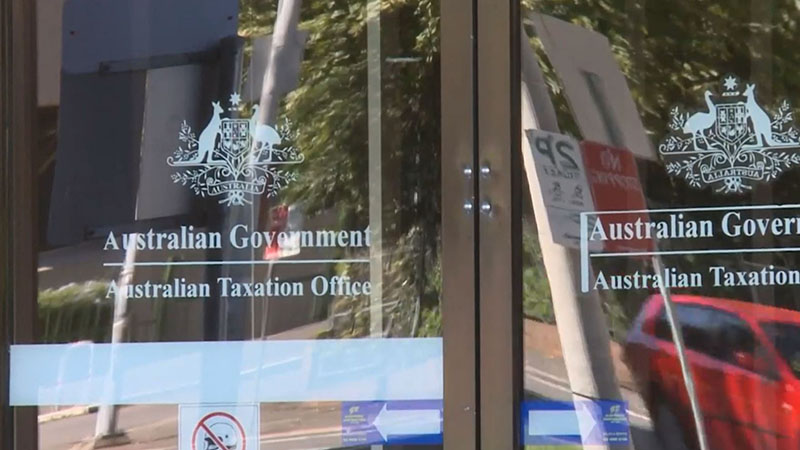ATO releases new tips for navigating SuperStream rollovers
With SuperStream Rollovers version 3 now in production, the ATO has provided new tips to help better navigate the rollover process.
SuperStream Rollovers version 3 (including self-managed super funds and certain release authorities) is now in production.
“Due to the size of the change and to support industry we thought it is the right time to share some key points to remember,” the ATO said.
The ATO noted that the member can still request a rollover via a paper form, using either the request for rollover of whole balance of super benefits between funds (NAT 75359) or a form developed by the transferring fund.
“The transferring fund must make the rollover electronically via SuperStream and, where the request to rollover benefits is to an SMSF, you must use the SMSF Verification Service (SVS),” the ATO noted.
“The SVS is a web service that provides authorised entities (such as APRA Funds, their administrators and SMSFs) the ability to verify SMSF details prior to making a rollover to an SMSF. The SVS is not an online service managed by the ATO.”
There are three common reasons a transferring fund may receive a ‘not verified’ response when calling the SVS, according to the ATO.
This includes no SMSF superannuation bank account details recorded with the ATO, no SuperStream rollover enabled electronic service address (ESA) recorded for the SMSF and a mismatch between the SMSF or member information and data held by ATO.
“These issues are easily resolved by the member notifying us of changes to their SMSF. Members can also speak with a customer service representative regarding their SMSF by calling 13 10 20 and using Fast Key Code 4 then 1,” the ATO explained.
“Requests for SMSF manual verification will only be accepted where you do not hold the member’s TFN or where the SVS is unavailable for an extended period of time.
“It is the transferring fund’s obligation to define the payment reference number (PRN) in the rollover transaction request (RTR) message and ensure the PRN in the message and the payment are identical. If the PRN’s are not identical the receiving fund will not be able to reconcile the message and payment.”
Managing release authorities
When receiving a release authority (RA) via the SuperStream message, the ATO said that you must respond with either a release authority statement (RAS), where funds can release some or all of the amount requested, or a release authority error response (RAER), where you are unable to release any money.
“Send the RAS or RAER message electronically via SuperStream to us within 10 business days from the date of the RA. You may incur a non-compliance penalty up to a maximum of 20 penalty units if you do not return the message to us within 10 days,” the ATO explained.
“When releasing money, make the payment to the SuperStream bank account and ensure the payment reference number (PRN) of the payment matches the PRN within the SuperStream message. This will avoid downstream impacts for your members due to missing payments.”
Additionally, to meet the SuperStream standards it is mandatory that funds only send one response for each RA (either RAS or RAER) and each RAS message must be accompanied by one payment. Funds should not send a bulk payment for multiple RAS messages.
“Funds also should maintain that each payment can only be linked to one RAS message and to not send an excel spreadsheet as an alternative message channel. These will not be actioned or accepted,” the ATO added.

Tony Zhang
Tony Zhang is a journalist at Accountants Daily, which is the leading source of news, strategy and educational content for professionals working in the accounting sector.
Since joining the Momentum Media team in 2020, Tony has written for a range of its publications including Lawyers Weekly, Adviser Innovation, ifa and SMSF Adviser. He has been full-time on Accountants Daily since September 2021.








